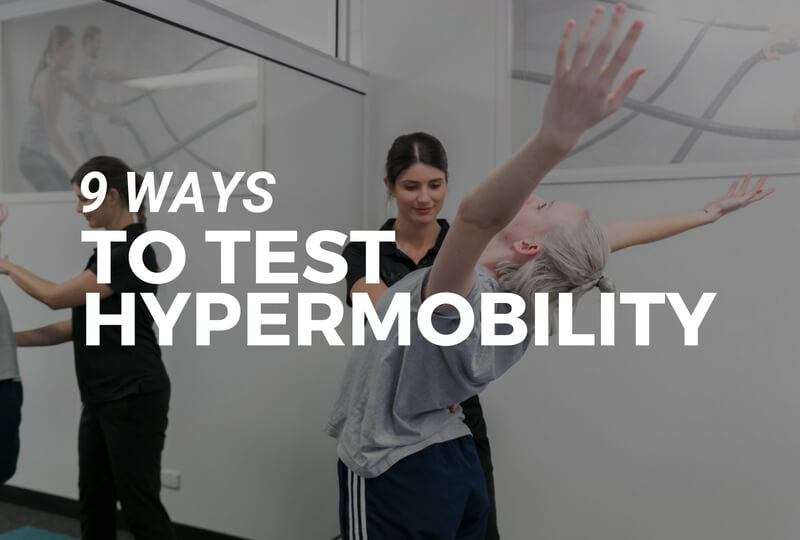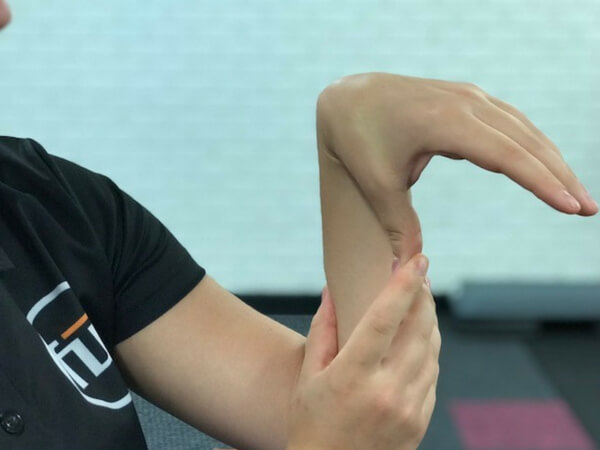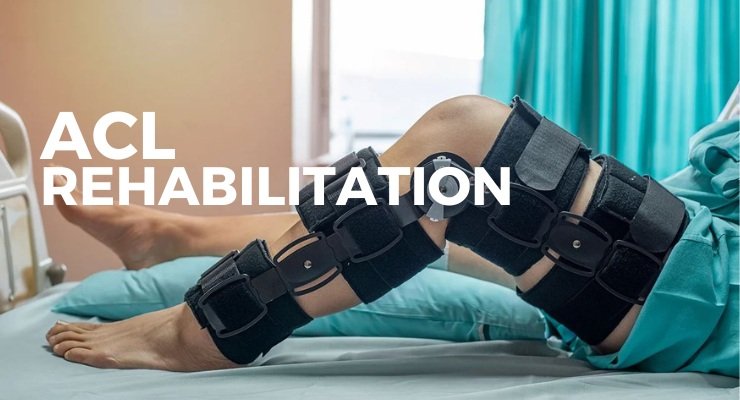9 Ways To Test If You Are Hypermobile
Hypermobility…
What is it? And how can it affect you?
As an ex professional dancer I have always been flexible.
Splits, leg kicks, back-bends all came naturally to me. I wasn’t always the most flexible person in my classes but I knew my shoulders were double jointed, my knees bent backwards a little, and my fingers were very bendy.
That was my normal and I never thought much of it.
It wasn’t until the aches and injuries started rolling in that I started to realise that the way my body bends and moves isn’t entirely normal. Which is how I became to understand how hypermobility is a blessing and a curse.
This blog dives into what hypermobility is, how you can quickly test for it and what you can do to focus on staying strong and pain free.
Let’s get into it...
What is hypermobility?
Hypermobility is the excessive range of a joint or the laxity of a joint. Each joint has a “normal” range of movement which is measured by degrees. In hypermobile people, their joints move beyond the normal range, some people know this as being “double jointed”... more on that later.
Why am I hypermobile?
Let’s dive into a few reasons why you may be hypermobile, mainly it’s from your genetics...
Genetics what?
Well, Hypermobility is something you are born with, it is passed down genetically (thanks mum or dad).
All it means is that the surrounding structures of a joint that assist in giving it stability aren’t as tight, and therefore the joint has more freedom to move.
Hypermobility Spectrum
Within hypermobility there lies a spectrum of severity. From one or two joints being hypermobile to the whole body.
Some people may never experience symptoms or effects of hypermobility, while others may find themselves working with aches, stiffness and fatigue.
So although hypermobility gives the gift of flexibility and movement it also comes with a few challenges that you may need to work with.
“although hypermobility gives the gift of flexibility... it also comes with a few challenges...”
Courtesy of: https://rilawjournal.com/funny-kitty-funny-myniceprofile.html
How do you know if you are hypermobile?
Hypermobile people are often described as loose, flexible and commonly, double jointed. There is a simple way of seeing if you fit the criteria of hypermobility called the Beighton Scale.
Hypermobility tests
The Beighton Scale is a simple way of testing if your joints are hypermobile. It is broken down into 5 different movements and measures out of a total of 9 points.
You are generally considered to be hypermobile if you have a score of 5/9 or more.
You perform each movement on your left and right and get a point for each side - if applicable.
Here’s how to do the Beighton scale yourself:
Can you bend your little finger backwards beyond 90 degrees?
1 point per finger that reaches over 90 degrees.
2. Can your thumb reach your forearm?
1 point per side that touches.
3. Straighten your arm. Does your elbow hyperextend 10 degrees or more?
1 point per elbow.
4. Straighten your leg. Do your knees bend backwards?
Normal Straight Knee
Knee in hyperextension
1 point per knee.
5. Reach forward and touch the floor.
Can you place your hands flat on the floor without bending your knees?
1 point.
What is your total Beighton score?
What does this mean if I am hypermobile?
If you are hypermobile, do not fret - welcome to the club! All this means is that you have more mobility than stability.
Hypermobile people, we love to stretch - almost too much. So it may just mean you need to shift your focus from stretching to strengthening.
“Hypermobile people, we love to stretch - almost too much.”
Since your body is naturally loose you need to starting giving it the information that it needs. And it needs strength and stability.
Courtesy of: http://dilkurslari.asia/memeru/flexible-puppy-meme.php
What can I do to help?
Movement is better for your body when you are hypermobile. The more feedback you provide to your body the easier it is for your body to be aware.
I can tell you first hand that the less I do, the more I hurt, it may just be the universe’s way of keeping me active-but it helps me feel and move better!
You want to keep your naturally relaxed joints aware and strong. This will help prevent injuries such as soft tissue injuries, dislocations and subluxations!... Dislocations is a whole other story that we will get to another time.
Is there anything I need to know if i’m hypermobile?
If you’re hypermobile you know that you are able to move into extreme positions very easily.
Because of this you ‘re going to need to help your body become more aware of how you’re moving into those positions and where your limbs are in space- This is to help reduce your risk of injury.
Body awareness is key
Your body’s ability to know where you are in space is called proprioception.
When you are hypermobile this system is slightly impaired. For example: you can easily kick your leg high up in the air, but how hard is it to actually hold it up there and then to turn? - Hard, right!
You need good balance and coordination to achieve this. This is all part of proprioception. You need to train your brain to have that awareness, coordination to help protect your joints and soft tissues from potential injury.
I am flexible, so why do I still get injured or pain?
Since this is the way hypermobile body’s are made up, it makes us more prone to injury. Our ligaments ‘the things that hold our bones together’ are more lax and therefore put us at increased risk of sprains and dislocations.
That’s why strengthening and stability is so important because if you have strong muscles, your ligaments have more protection from injury.
“...strengthening and stability is so important... strong muscles and ligaments protect you from injury.”
For all you loose limbed people out there, if you need help with pain or guidance on how to manage and overcome your niggles, we are only a phone call away.
Let us know what your Beighton score is below and keep an eye out for more hypermobility blogs to come!
Recent Blog Posts





















